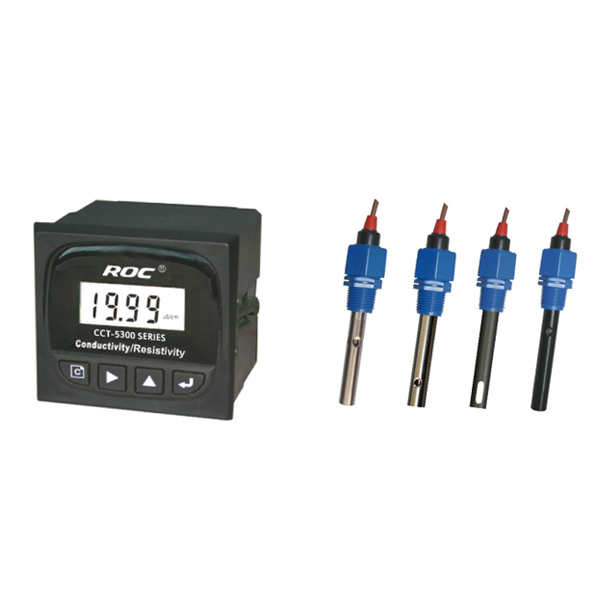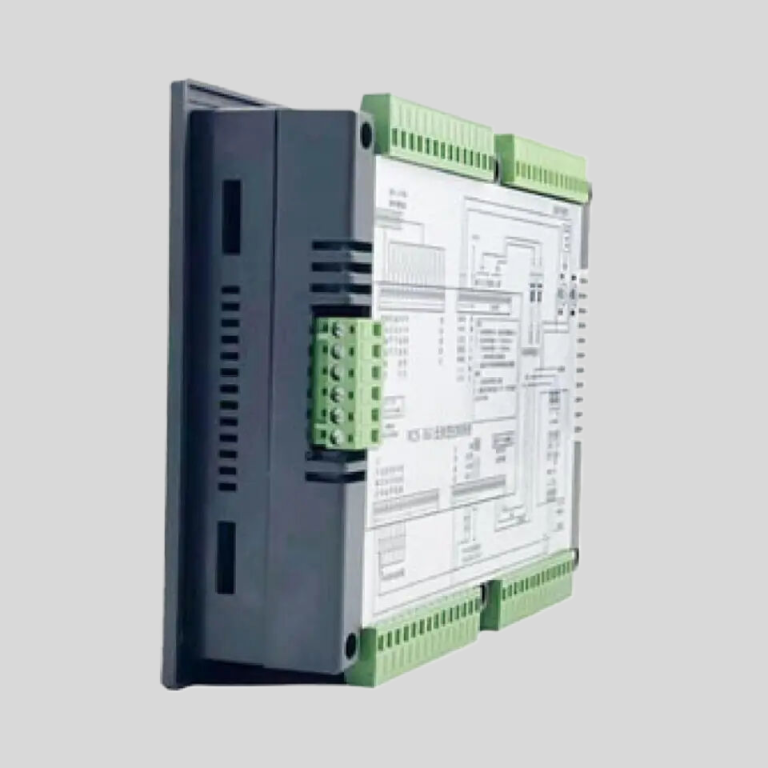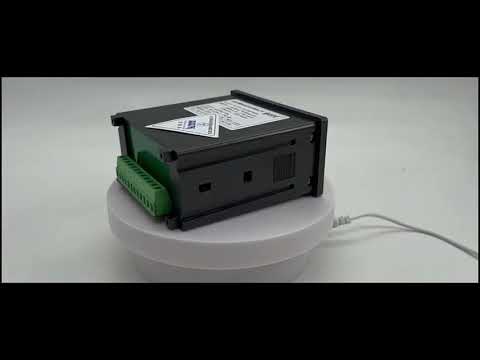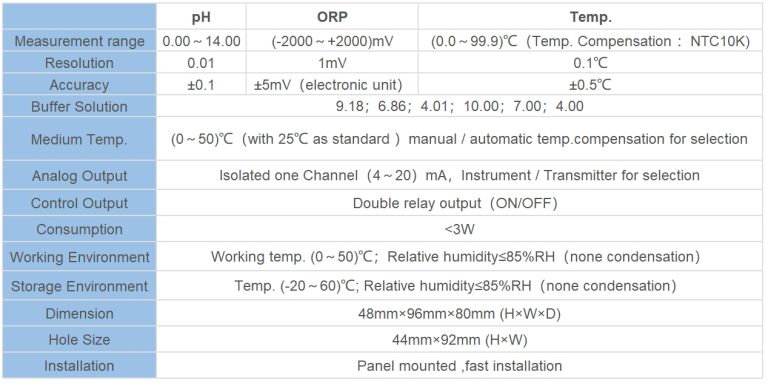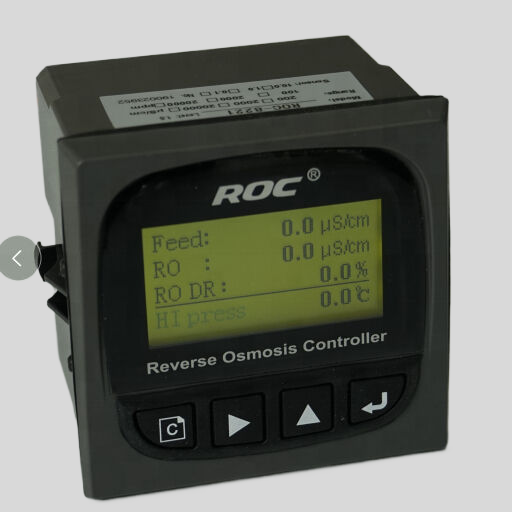Table of Contents
Benefits of Regular Water Quality Testing for Your Home
Water quality testing is an essential service that every homeowner should consider investing in. The quality of the water in your home can have a significant impact on your health and well-being. Regular testing can help ensure that your water is safe to drink and use for everyday activities. In this article, we will discuss the benefits of regular water quality testing for your home.
One of the primary benefits of regular water quality testing is the ability to detect potential contaminants in your water supply. Contaminants such as bacteria, lead, pesticides, and other harmful substances can find their way into your water system through various sources. By testing your water regularly, you can identify any contaminants present and take appropriate measures to address them.
Another benefit of regular water quality testing is the peace of mind it provides. Knowing that your water is safe and free from harmful contaminants can give you confidence in the water you use for drinking, cooking, and bathing. This peace of mind is invaluable, especially for families with young children or individuals with compromised immune systems.
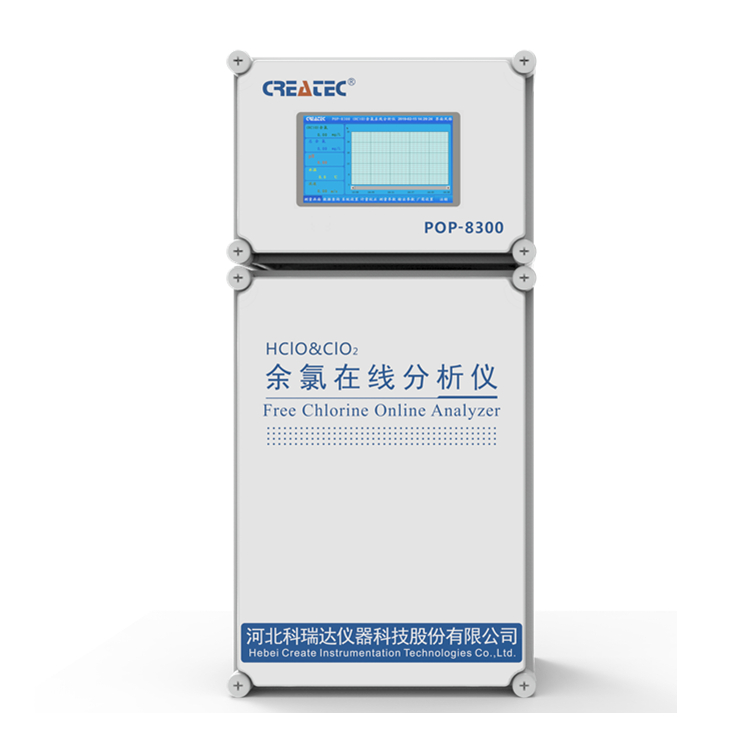
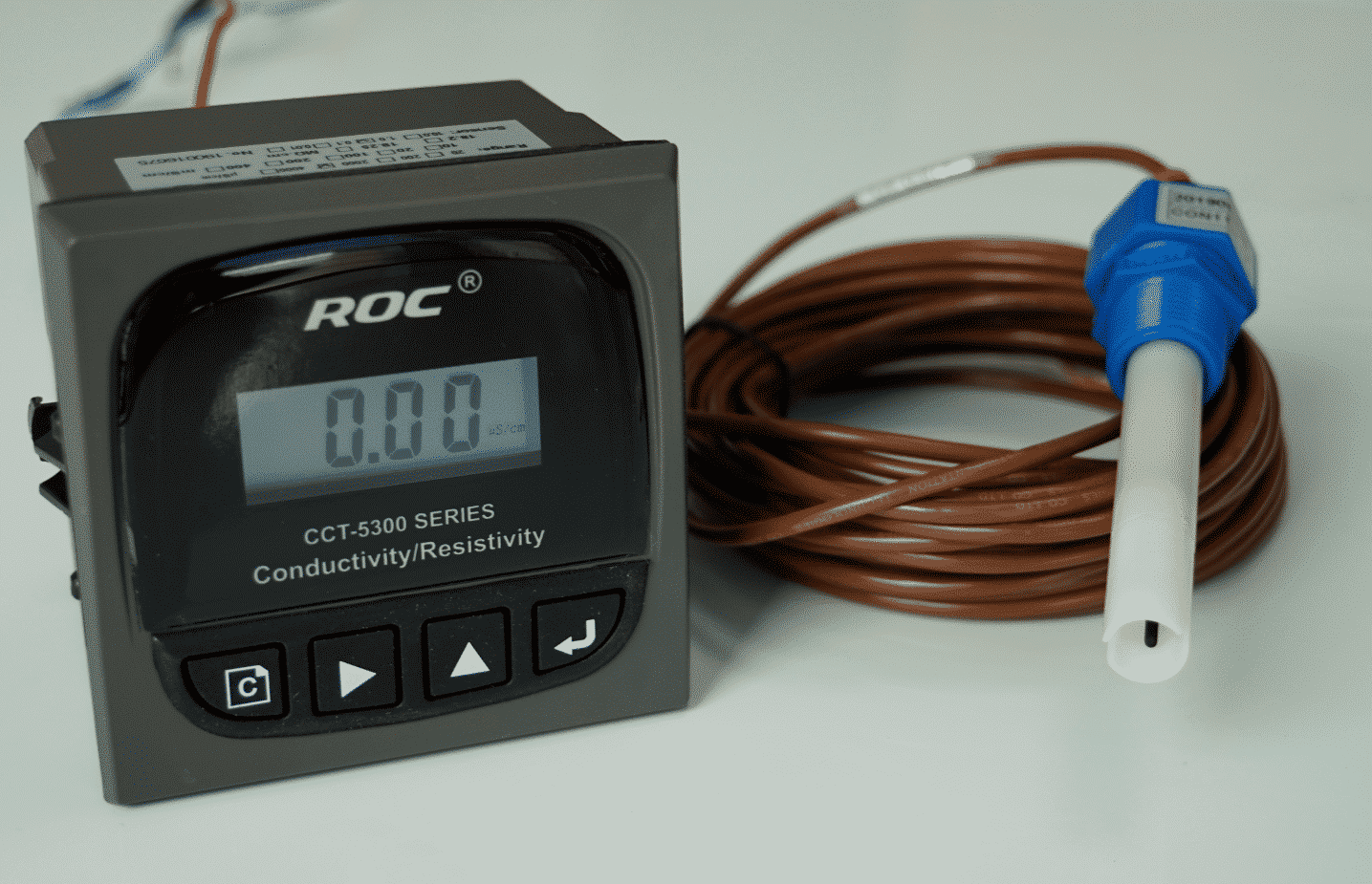
Regular water quality testing can also help you identify any issues with your plumbing or water treatment systems. If contaminants are present in your water, it could be a sign of a larger problem within your plumbing system. By testing your water regularly, you can catch these issues early and prevent more significant problems down the line.
In addition to ensuring the safety of your water, regular testing can also help you improve the taste and smell of your water. Contaminants in your water can affect its taste and odor, making it unpleasant to drink or use for cooking. By identifying and addressing these contaminants, you can enjoy clean, fresh-tasting water in your home.
Furthermore, regular water quality testing can help you save money in the long run. By identifying and addressing any issues with your water supply early on, you can prevent more significant problems that could be costly to fix. Additionally, clean water can help extend the life of your plumbing fixtures and appliances, saving you money on repairs and replacements.
Overall, investing in regular water quality testing for your home is a wise decision that can have numerous benefits. From ensuring the safety of your water to improving its taste and smell, regular testing can help you maintain a healthy and comfortable living environment. Additionally, testing your water regularly can help you identify and address any issues with your plumbing or water treatment systems before they become more significant problems.
In conclusion, water quality testing is an essential service that every homeowner should consider. By investing in regular testing, you can ensure the safety and quality of your water supply, improve the taste and smell of your water, and save money in the long run. Don’t wait until a problem arises – schedule a water quality test for your home today.
How to Choose the Right Water Quality Testing Service for Your Business
Water quality is a critical aspect of any business operation, as it directly impacts the health and safety of employees, customers, and the environment. Ensuring that your water supply meets regulatory standards is essential for maintaining compliance and avoiding potential health risks. This is where water quality testing services come into play.
When it comes to choosing the right water quality testing service for your business, there are several factors to consider. First and foremost, you need to determine the specific needs of your business. Are you looking for a one-time testing service, or do you require ongoing monitoring and analysis? Understanding your requirements will help you narrow down your options and find a service provider that can meet your needs.
Another important factor to consider is the accreditation and certification of the testing service. It is crucial to work with a service provider that is accredited by relevant regulatory bodies and has a proven track record of delivering accurate and reliable results. This will give you confidence in the quality of the testing and ensure that you are meeting all necessary compliance requirements.
In addition to accreditation, you should also consider the expertise and experience of the testing service provider. Look for a company that has a team of qualified and experienced professionals who are knowledgeable about water quality testing and analysis. This will help ensure that you receive accurate and reliable results that you can trust.
| Model | CL-810/9500 Residual Chlorine Controller |
| Range | FAC/HOCL:0-10 mg/L, ATC TEMP:0-50℃ |
| Accuracy | FAC/HOCL:0.1 mg/L, ATC TEMP:0.1℃ |
| Oper. Temp. | 0~50℃ |
| Sensor | Constant Pressure Residual Chlorine Sensor |
| Waterproof Rate | IP65 |
| Communication | Optional RS485 |
| Output | 4-20mA output; High/Low limit double relay control |
| Power | CL-810:AC 220V±10% 50/60Hz or AC 110V±10% 50/60Hz or DC24V/0.5A |
| CL-9500:AC 85V-265V±10% 50/60Hz | |
| Working Environment | Ambient temperature:0~50℃; |
| Relative humidity≤85% | |
| Dimensions | CL-810:96×96×100mm(H×W×L) |
| CL-9500:96×96×132mm(H×W×L) | |
| Hole Size | 92×92mm(H×W) |
| Installation Mode | Embedded |
Cost is another important consideration when choosing a water quality testing service. While it is important to find a service provider that offers competitive pricing, it is equally important to consider the value that you are getting for your money. Look for a service provider that offers a comprehensive range of testing services at a reasonable price, and be wary of providers that offer significantly lower prices, as this may indicate a lack of quality or reliability.
| ROS-8600 RO Program Control HMI Platform | ||
| Model | ROS-8600 Single Stage | ROS-8600 Double Stage |
| Measuring range | Source water0~2000uS/cm | Source water0~2000uS/cm |
| First level effluent 0~200uS/cm | First level effluent 0~200uS/cm | |
| secondary effluent 0~20uS/cm | secondary effluent 0~20uS/cm | |
| Pressure sensor(optional) | Membrane pre/post pressure | Primary/ secondary membrane front/rear pressure |
| ph sensor(optional) | —- | 0~14.00pH |
| Signal collection | 1.Raw water low pressure | 1.Raw water low pressure |
| 2.Primary booster pump inlet low pressure | 2.Primary booster pump inlet low pressure | |
| 3.Primary booster pump outlet high pressure | 3.Primary booster pump outlet high pressure | |
| 4.High liquid level of Level 1 tank | 4.High liquid level of Level 1 tank | |
| 5.Low liquid level of Level 1 tank | 5.Low liquid level of Level 1 tank | |
| 6.Preprocessing signal | 6.2nd booster pump outlet high pressure | |
| 7.Input standby ports x2 | 7.High liquid level of Level 2 tank | |
| 8.Low liquid level of Level 2 tank | ||
| 9.Preprocessing signal | ||
| 10.Input standby ports x2 | ||
| Output control | 1.Water inlet valve | 1.Water inlet valve |
| 2.Source water pump | 2.Source water pump | |
| 3.Primary booster pump | 3.Primary booster pump | |
| 4.Primary flush valve | 4.Primary flush valve | |
| 5.Primary dosing pump | 5.Primary dosing pump | |
| 6.Primary water over standard discharge valve | 6.Primary water over standard discharge valve | |
| 7.Alarm output node | 7.Secondary booster pump | |
| 8.Manual standby pump | 8.Secondary flush valve | |
| 9.Secondary dosing pump | 9.Secondary dosing pump | |
| Output standby port x2 | 10.Secondary water over standard discharge valve | |
| 11.Alarm output node | ||
| 12.Manual standby pump | ||
| Output standby port x2 | ||
| The main function | 1.Correction of electrode constant | 1.Correction of electrode constant |
| 2.Overrun alarm setting | 2.Overrun alarm setting | |
| 3.All working mode time can be set | 3.All working mode time can be set | |
| 4.High and low pressure flushing mode setting | 4.High and low pressure flushing mode setting | |
| 5.The low pressure pump is opened when preprocessing | 5.The low pressure pump is opened when preprocessing | |
| 6.Manual/automatic can be chosen when boot up | 6.Manual/automatic can be chosen when boot up | |
| 7.Manual debugging mode | 7.Manual debugging mode | |
| 8.Alarm if communication interruption | 8.Alarm if communication interruption | |
| 9. Urging payment settings | 9. Urging payment settings | |
| 10. Company name,website can be customized | 10. Company name,website can be customized | |
| Power supply | DC24V±10% | DC24V±10% |
| Expansion interface | 1.Reserved relay output | 1.Reserved relay output |
| 2.RS485 communication | 2.RS485 communication | |
| 3.Reserved IO port, analog module | 3.Reserved IO port, analog module | |
| 4.Mobile/computer/touch screen synchronous display | 4.Mobile/computer/touch screen synchronous display | |
| Relative humidity | ≦85% | ≤85% |
| Environment temperature | 0~50℃ | 0~50℃ |
| Touch screen size | 163x226x80mm (H x W x D) | 163x226x80mm (H x W x D) |
| Hole Size | 7 inch:215*152mm(wide*high) | 215*152mm(wide*high) |
| Controller size | 180*99(long*wide) | 180*99(long*wide) |
| Transmitter size | 92*125(long*wide) | 92*125(long*wide) |
| Installation method | Touch screen:panel embedded; Controller: plane fixed | Touch screen:panel embedded; Controller: plane fixed |
When evaluating potential water quality testing service providers, it is also important to consider their customer service and support. Look for a company that is responsive to your needs and can provide timely and efficient testing services. A good service provider should be able to answer any questions you may have and provide support throughout the testing process.
Finally, consider the technology and equipment used by the testing service provider. Look for a company that uses state-of-the-art equipment and technology to ensure accurate and reliable results. This will help ensure that you are getting the most accurate and up-to-date information about the quality of your water supply.
In conclusion, choosing the right water quality testing service for your business is a critical decision that can have a significant impact on the health and safety of your employees, customers, and the environment. By considering factors such as accreditation, expertise, cost, customer service, and technology, you can find a service provider that meets your needs and helps you maintain compliance with regulatory standards. Investing in a reliable and reputable water quality testing service is an investment in the health and safety of your business and those who depend on it.

